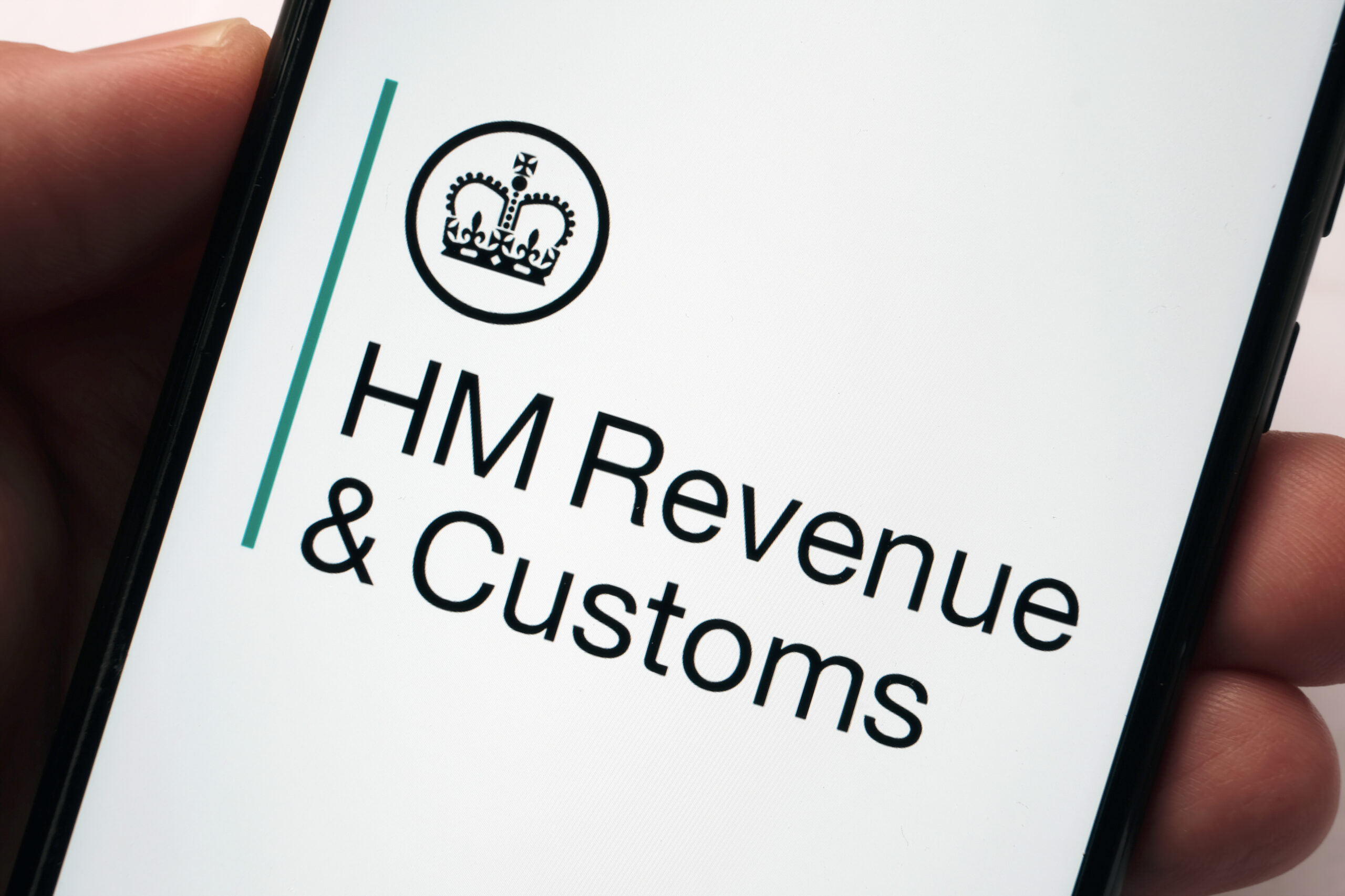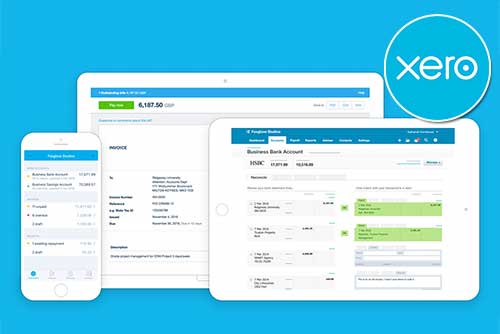Understanding Variable Costs
Variable costs are a crucial aspect of any business’s financial landscape, playing a significant role in determining profitability and guiding strategic decision-making.
In this article, we will delve into the definition, examples, and importance of variable costs in the business world.
What are Variable Costs? 10 Examples
Variable cost is a business expense that fluctuates in direct proportion to the volume of output or production. In other words, as the production level of a business increases, so does the variable cost, and vice versa. This cost is directly linked to the operations of a business and can include expenses such as raw materials, labour costs, and packaging and shipping costs.
Variable Costs vs Fixed Costs
Variable costs fluctuate in direct proportion to changes in production or sales volume, rising as activity increases and falling as activity decreases. Examples of variable costs include raw materials, direct labour, and utilities. On the other hand, fixed costs remain constant regardless of production or sales levels, encompassing expenses such as rent, salaries of permanent staff, and insurance premiums.
While variable costs are directly tied to operational activity and offer flexibility, fixed costs represent essential expenses that must be covered irrespective of business activity.
Formula and Calculation of Variable Costs
The total variable cost is simply the quantity of output multiplied by the variable cost per unit of output:
Here’s a breakdown of the formula:
- Total Quantity of Output: This represents the total amount of goods produced or services rendered during a specific period.
- Variable Cost per Unit: This is the cost incurred for each unit of output. It includes costs directly associated with production, such as raw materials, direct labour, and variable overhead expenses.
For example, if a company produces 1,000 units of a product, and the variable cost per unit is £5, the variable costs would be:
£5000 = 1,000 units x £5 per unit
This calculation provides the total variable costs incurred by the business for producing the given quantity of output. It’s important to note that variable costs change proportionally with the level of production or sales, making them a crucial factor in determining overall expenses and profitability.
Variable Cost Ratio
The variable cost ratio is a financial metric used to assess the proportion of sales revenue that goes toward covering variable costs.
The formula for the variable cost ratio is:
Variable Cost Ratio (%) = (Total Variable Costs / Total Sales Revenue) x 100
In this formula:
- Total Variable Costs: This represents all costs that vary with changes in production or sales volume, such as raw materials, direct labour, and variable overhead expenses.
- Total Sales Revenue: This refers to the total revenue generated from the sale of goods or services.
A higher variable cost ratio indicates that a larger proportion of sales revenue is used to cover variable costs, while a lower ratio suggests greater efficiency in managing variable expenses. This metric is valuable for analysing cost structure, profitability, and operational efficiency.
The Importance of Understanding Variable Costs
Understanding variable costs is crucial for several reasons:
Cost Control
By identifying and monitoring variable costs, businesses can exercise greater control over their expenses. Understanding how changes in production levels impact variable costs enables management to make informed decisions.
For instance, if a business needs to increase production to meet higher demand, it may need to hire more staff or purchase more raw materials, thereby increasing its variable costs.
Profitability Analysis
Variable costs play a significant role in determining the profitability of products or services. By accurately attributing variable costs to specific products or services, businesses can assess their profitability more effectively and make informed pricing decisions, such as employing cost-plus pricing strategies.
For example, by adding a markup to cover both variable costs and contribute to fixed costs and profit margin, businesses can ensure that their pricing adequately reflects the costs associated with producing each unit of product or delivering each service.
Decision Making
Variable costs are essential considerations in various strategic decisions, such as production planning, pricing strategies, and resource allocation. For example, if a business identifies that a significant portion of its variable costs is due to packaging and shipping, it may explore more cost-effective packaging solutions or negotiate better shipping rates.
Performance Evaluation
Variable costs also influence performance evaluation metrics such as contribution margin and break-even analysis. These metrics provide valuable insights into the relationship between sales revenue, variable costs, and overall profitability, helping businesses gauge their financial health and performance.
Wrapping Up: The Role of Variable Costs in Business
Understanding variable costs is fundamental to navigating the complex terrain of business finance and decision-making. By grasping the nuances of variable costs, businesses can optimise their operations, refine pricing strategies, and enhance overall performance.






















